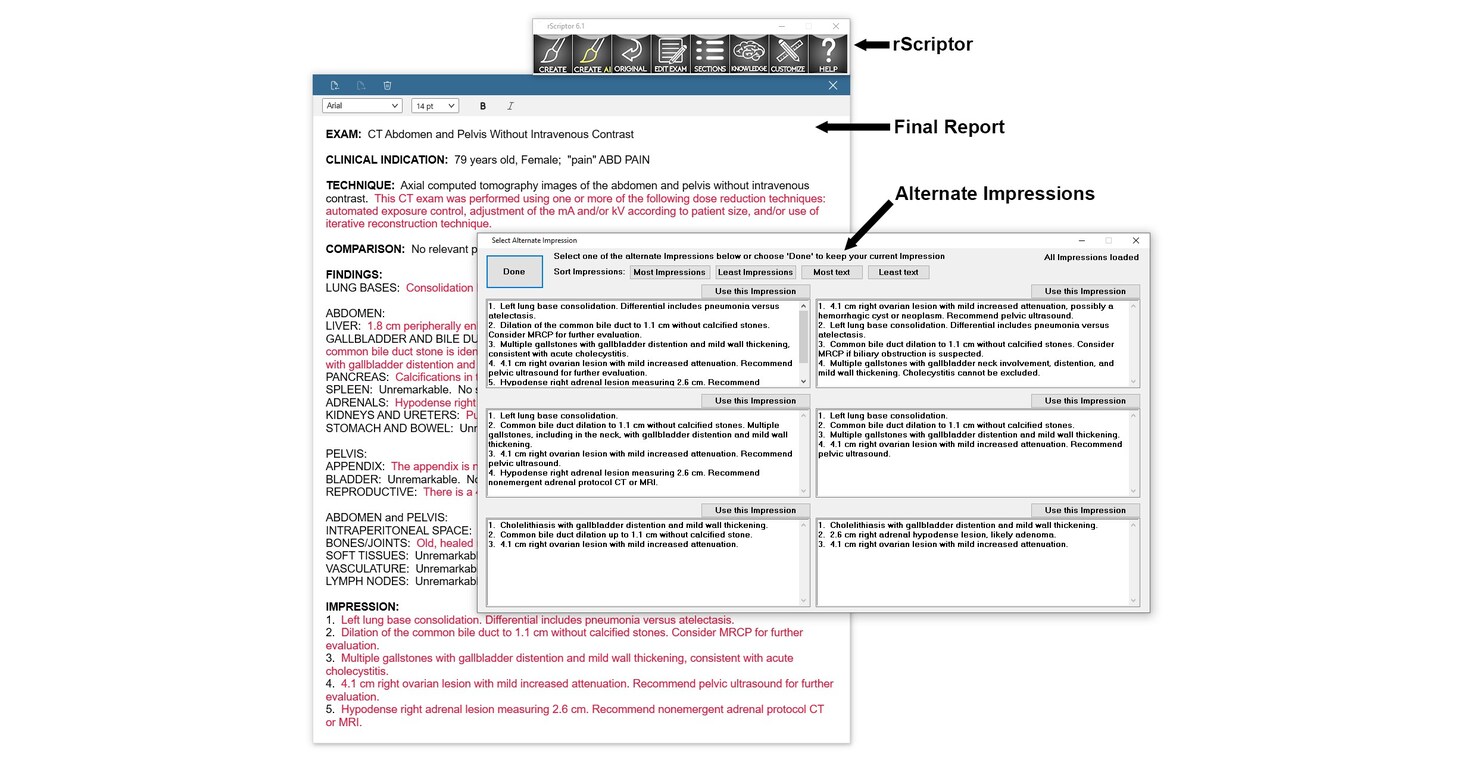Title: Washington State’s Battle Against Invasive Green Crabs: Over 900,000 Trapped Since 2022
Washington State’s ongoing efforts to combat the invasion of green crabs, an aggressive species threatening native wildlife, the shellfish industry, and shoreline habitats, have proven successful with more than 900,000 of these crustaceans trapped since 2022.
The Invasion of Green Crabs: A Growing Threat
Since their introduction to Washington’s waters, green crabs have wreaked havoc on the local ecosystem. These invasive crustaceans not only compete with native species for food and habitat but also prey on them, disrupting the delicate balance of the marine environment.
The Impact on Native Wildlife and Shoreline Habitats
Green crabs pose a significant threat to native wildlife, particularly shellfish populations. Their voracious appetite and destructive feeding habits can decimate oyster beds and clam populations, leading to ecological imbalances and economic losses for the shellfish industry.
Furthermore, the burrowing behavior of green crabs can destabilize shoreline habitats, increasing erosion and altering coastal ecosystems. This not only affects the biodiversity of the region but also puts human communities at risk of flooding and other environmental hazards.
Washington State’s Response: Trapping and Removal Efforts
Recognizing the urgent need to address the green crab invasion, Washington State has implemented a comprehensive trapping and removal program. This initiative aims to reduce the population of green crabs and mitigate their impact on the local environment.
Through targeted trapping efforts and monitoring programs, over 900,000 green crabs have been captured since 2022. These efforts have helped to control the spread of this invasive species and protect vulnerable marine ecosystems from further damage.
The Importance of Collaboration and Community Involvement
The success of Washington State’s green crab eradication efforts can be attributed to the collaborative efforts of government agencies, conservation organizations, and local communities. By working together towards a common goal, stakeholders have been able to pool resources, share expertise, and coordinate actions effectively.
Community involvement has also played a crucial role in raising awareness about the threat posed by green crabs and mobilizing support for conservation initiatives. Citizen science programs, volunteer opportunities, and educational outreach efforts have all contributed to the success of the trapping and removal program.
Looking Towards the Future: Sustaining Conservation Efforts
While Washington State has made significant progress in trapping and removing green crabs, the fight against invasive species is an ongoing challenge that requires sustained effort and vigilance. Continued monitoring, research, and adaptive management strategies will be essential to prevent the resurgence of green crabs and protect the health of marine ecosystems in the long term.
In conclusion, Washington State’s proactive approach to combating the invasion of green crabs serves as a model for effective conservation action. By trapping over 900,000 of these invasive crustaceans since 2022, the state has demonstrated its commitment to preserving native wildlife, supporting the shellfish industry, and safeguarding shoreline habitats. As we look towards the future, it is imperative that we continue to work together, stay informed, and take action to protect our marine environment for generations to come.


